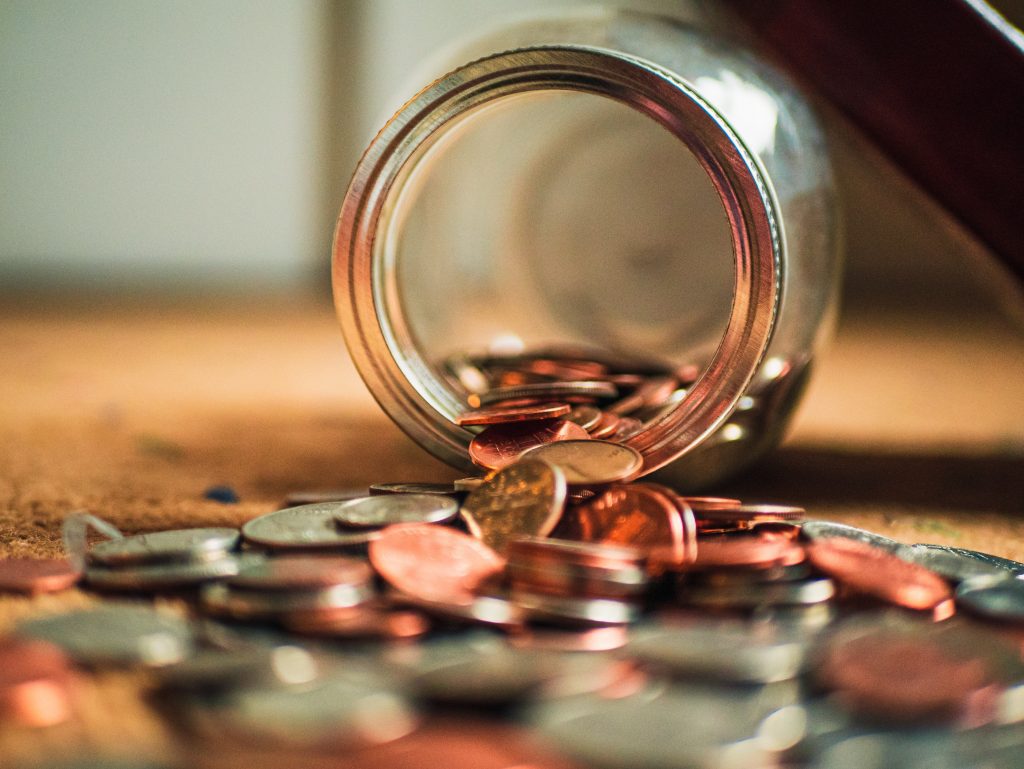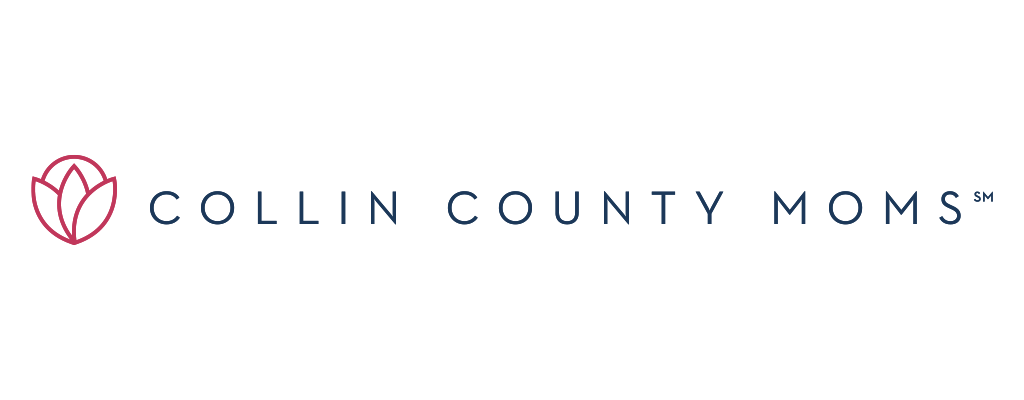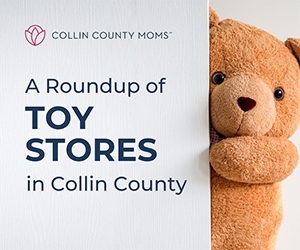
This post is part of a larger series on financial health and wellness. Be sure to check out all of our content throughout the week and save it for future reference!
No matter where you are in your financial wellness journey, whether you are just getting started or are an old pro, I believe a zero-based budget is a key to keeping your money in order.
A “zero-based” budget, popularized by Dave Ramsey, is defined as creating a budget by using your income to “spend” on all your expenses until it gets down to zero.
You want your income to equal your expenses.
This doesn’t mean that you’ll be spending all your money until you have nothing…we want to avoid that. It means that for every dollar that comes into your bank account, you give it a “job,” whether it’s paying for rent, groceries, entertainment, savings, or debt.
Why Zero-Based Budgeting is Effective
When you assign your income to specific categories, you know where your money is going. You’ll also have a better idea of what you can do with your money. You may want to save for a new piece of furniture or a new TV or perhaps a car. When you give your money a job, it’s easier to allocate funds.
A zero-based budget is also effective because you’ll know if your spending is outpacing your income. When you write out the numbers on paper or crunch the numbers in a spreadsheet, the math doesn’t lie. You’ll either be within your budget or beyond it.
I remember when we first starting doing a zero-based budget after completing Dave Ramsey’s Financial Peace University. I would start subtracting our bills and spending from our income, and in the first few months, I saw how much we had been spending on eating out. More than I had realized. By setting up a budget, we created a fixed limit for eating out. Then, to double down, we used cash to “safeguard” that budget from overspending. It’s so much easier to overspend on a credit or debit card.
Zero-based budgeting is also great if you are paying off debt. You’ll be able to budget in your debt payments as well as see how much you may have leftover to add to your debt payments.
 How to Create a Zero-Based Budget
How to Create a Zero-Based Budget
Dave Ramsey’s Allocated Spending Plan is my preferred way of setting up a zero-based budget. There is also a one-sheet version, but I find it easier to budget with the allocated spending plan, because our household has biweekly paychecks.
To use the allocated spending plan, you’ll start with your income. From there, you’ll write in all of your expenses, which include giving, saving, debt, housing, utilities, transportation, groceries, childcare/school expenses, entertainment, etc. After that, you’ll start subtracting each category from your starting income until you get to zero. If you have money left over after subtracting all your expenses, you can allocate that money towards extra debt payments, extra savings, or however you’d like.
Another great resource is The Budget Mom’s Budget by Paycheck workbook. She also implements a zero-based budget and cash envelopes. Her methods really encourage putting pen to paper and tracking all spending. I’ve found that her budgeting tactics are very similar to bookkeeping, including reconciling your account at the end of the month. Her blog and Instagram have a ton of great resources for budgeting, saving, and paying off debt.
Easy Online Budgeting Tools
If you’d rather manage your zero-based budget digitally, there are easy online budgeting tools.
EveryDollar is an app developed by the team at Ramsey Solutions where you can set up your zero-based budget on your phone. You start by adding your monthly income. Next, make a plan for your income. EveryDollar gives you customizable templates for budgeting your monthly expenses and allows you to easily keep track of your spending throughout the month. EveryDollar is now called Ramsey+ and with your subscription, you get access to EveryDollar, FinancialPeace, and BabySteps. Ramsey+ is $129.99 annually.
Another great online option that people really love is called You Need a Budget or YNAB. YNAB teaches you how to budget and manage your money. It’s a proactive system. It requires you to be forward-looking and intentional about every dollar; it requires you to be aware, but in return, you’ll be in total control of your finances, and in so doing, your life. YNAB will teach you how to prioritize and plan, so you have money for the things that are most important to you—whatever they are. YNAB is $11.99/month on the monthly plan or $84/year if paid in full.
What are your favorite ways to budget? Do you take pen to paper? Do you prefer an app on your phone?
Looking for more ways to save? Check out fellow contributor Kara Robinson’s post on 4 Money Savings Challenges.














Love this!
I’ve never heard of zero-based budgeting before. But I definitely want to give it a try now! Thanks for all of the helpful insight
Yupp. We do it the old fashioned way, pen and paper 😅
The Budget Mom has changed our lives!! Dave Ramsey was too strict and Mikos Method allows you to work in what matters most. 😍
I love all the links and resources here. My hardest battle is getting my husband on board who always wants a few thousand in our accounts to feel safe. Definitely sharing this article with him. Thank you.
Eating out is a huge expense that we need to work with on! My bank has a budget app I need to be better with.
I started with pen and paper, printing Dave Ramsey’s zero based budget every month. I then found it hard as some expenses were biweekly, while others were monthly. It was hard to predict, so I created a spreadsheet which broke out each paycheck and the expenses for that pay period.
Wow, such great advice. Thank you for sharing.
I’m all about the pen and paper. There’s something so satisfying about crossing off one of the debts!
Thank you for this. I’ve been wanting to learn more about zero based budgeting. Eating out or just food/grocery expenses in general is ALWAYS the hardest part about budgeting to me.